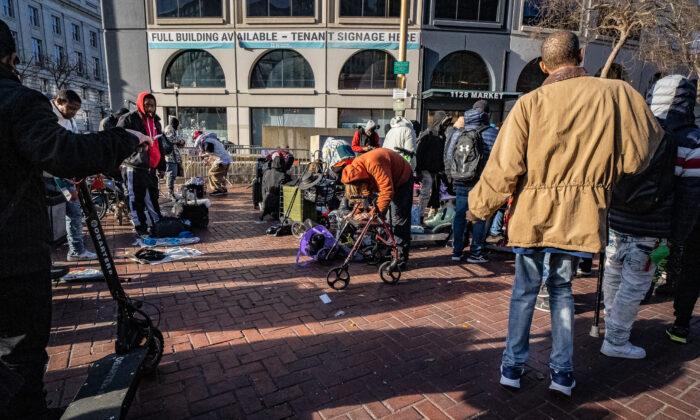However, the Golden State remains the most populous state in the nation with nearly 39 million residents.
Millions of people moved during the COVID-19 pandemic, driven by opportunities for remote work, more space, and affordability, yet the moving rate has decreased over the last six years, according to the analysis.
The association used data from the U.S. Postal Service change-of-address database that shows that 70 percent of ZIP codes experienced fewer inbound moves in 2022 than in 2021. The official census data for 2022 is not yet available.
‘Leaving California’
“It is no surprise to me that families are fleeing California,” Florida resident Terry Gilliam, founder of the growing Facebook group of almost 100,000 members “Leaving California” told The Epoch Times. Gilliam moved to Florida almost two years ago and said he could not be happier.“Just about everything is 25 to 50 percent lower in cost here, including housing,” he said.
But while some areas such as the Central Coast and the San Joaquin Valley have a somewhat lower rate of loss, “every region is a loser when it comes to net migration out of California.”
The study noted this trend may have accelerated during the pandemic.
Migration Trends
The postal data analyzed by the realtors group highlighted the nation’s population trends, showing that the South continues to be a popular destination.Additionally, 26 states experienced an influx of people, with more people moving in than out. The states with the most net domestic migration gains in 2022 were Florida with 318,855 people moving in, Texas at 230,961, and the Carolinas—North Carolina at 99,796 and South Carolina at 84,030.
“With most of these fast-growing areas located in the South, this region continues to be the most populous region, with nearly 130 million residents,” the association wrote.
According to the realtors’ group, after the pandemic hit, the Sun Belt region saw a strong job market recovery. In the top 10 large areas with the highest rate of inbound migration, the job market has recovered all the jobs that were lost, and there are around 5 percent more jobs now compared to March 2020.
This recovery has been more than double the national rate. For example, the Deltona metro area has seen a 6 percent increase in jobs since pre-pandemic, and an inbound move rate of nearly 56 percent. On the other hand, big city centers such as New York, San Francisco, and Chicago lost movers. Despite these trends, Los Angeles, San Jose, and Washington metro areas have seen migration gains.
According to the U.S. Census Bureau, 46 percent of moves in 2021 were for housing-related reasons, a 6-percentage point increase from the previous year.
“Based on the data, this increase was primarily due to people looking for a better neighborhood, cheaper housing, and the desire for a newer/better/larger home,” the report said.





